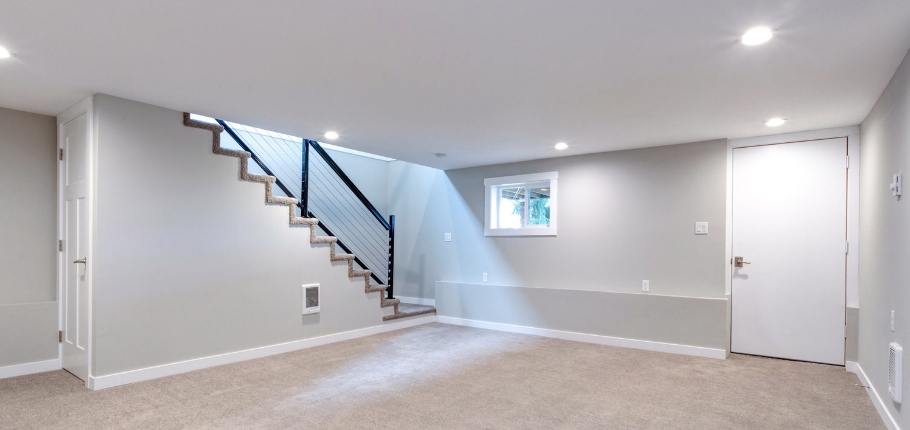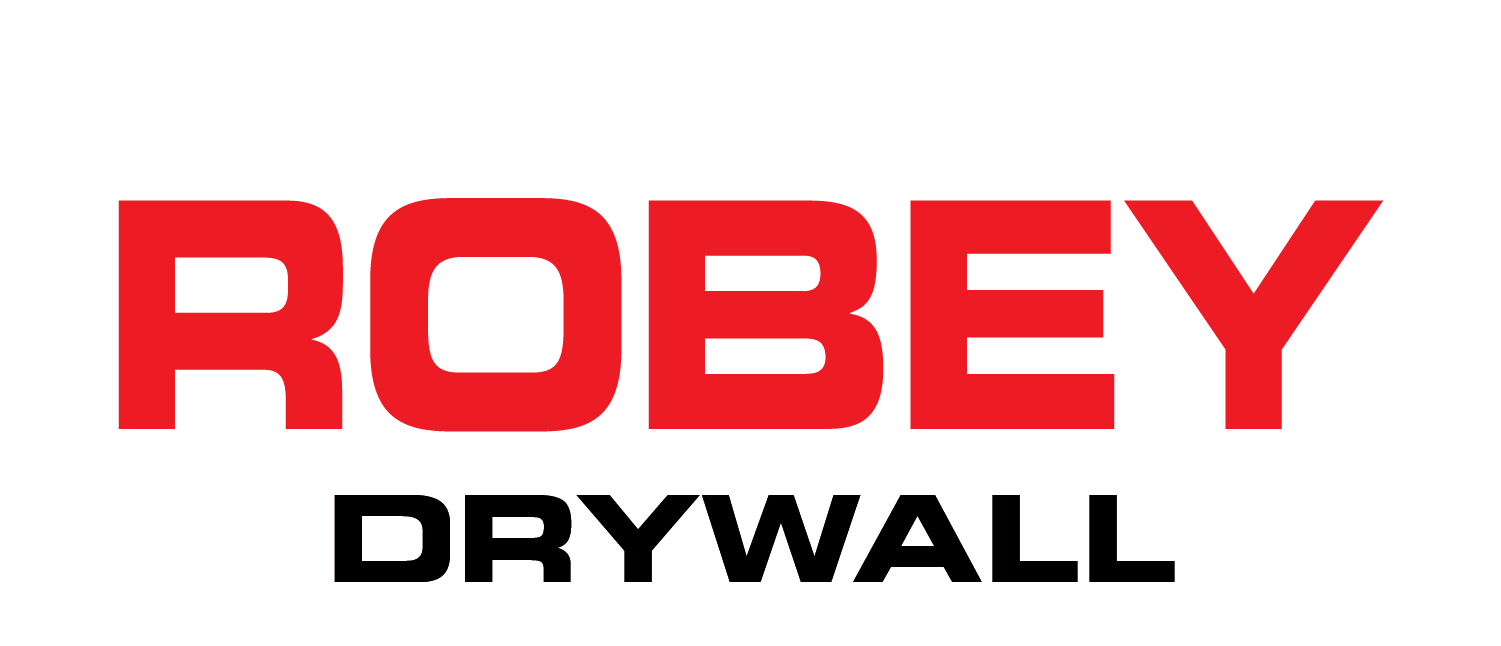Different Types of Drywall, Their Applications & Uses

If you don’t work in the business, it’s easy to think that ‘drywall’ is just one single product, used in every different application. However, a closer look reveals that there are actually various types of drywall, and the right one to use depends on the application at hand. In this article, we are going to discuss some of the most popular types of drywall, and why you would want to select each specific option. Let’s get started!
Regular Drywall
This is the natural place to start. Chances are, if you have worked with drywall in the past, this is the product you have used. It is the most affordable of the various drywall options, and it typically comes in 4’ x 8’ sheets. In fact, if you are sitting in your home as you read this article, there is a good chance that the walls around you are covered in this standard type of drywall. Usually, you will find that this form of drywall is brown on one side and white on the other.
Green Board Drywall
When the task at hand is something like a bathroom, or another space with high moisture content, it is green board drywall that you will want to seek out. As you might expect, you are going to have to pay more for this product, as it offers performance benefits beyond what is found with regular drywall. Although this is a moisture resistant product, do not make the mistake of thinking that it is waterproof. It is not, and allowing water to come into direct contact with green board drywall would lead to bad outcomes.
Type X Drywall
At this point, we turn from water to fire. If you are in need of a higher fire rating than what is offered by regular drywall, opting for Type X drywall is a smart pick. There are specific standards that a product must meet during testing before it can hold the Type X designation. Some examples of locations where this kind of drywall may be used include garages and apartment buildings.
Soundproof Drywall
The name of this product tells you everything you need to know about what it does and why it would be used. If you need sound insulation in a particular room, turning to soundproof drywall is the perfect choice. For instance, if you have a child to likes to practice a musical instrument at home, lining the walls of that room with soundproof drywall will be beneficial.
Paperless Drywall
Typically, drywall consists of gypsum board which has been sandwiched between layers of paper. In this case, however, the paper is left out, and instead the gypsum board is covered with fiberglass. While there are some benefits to be enjoyed by keeping the paper out of the equation – such as limiting problems with mold and mildew – it will be necessary to learn how to work properly with this product, as it’s different than working with regular drywall.
